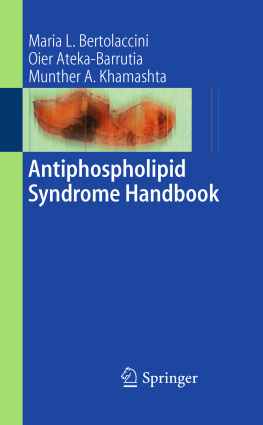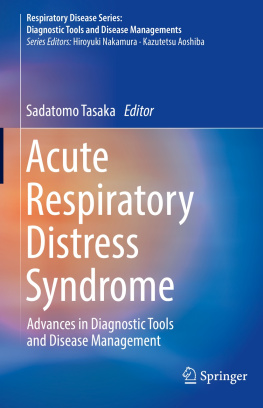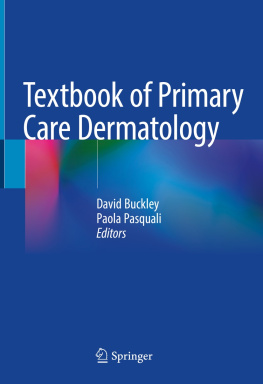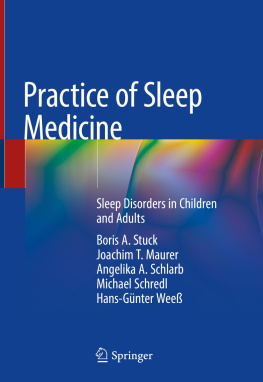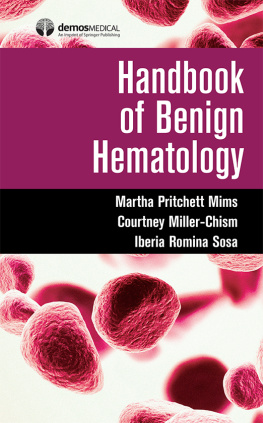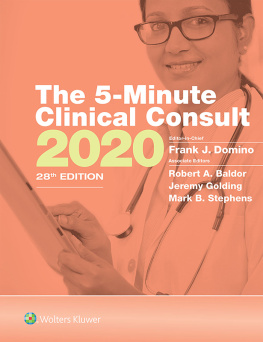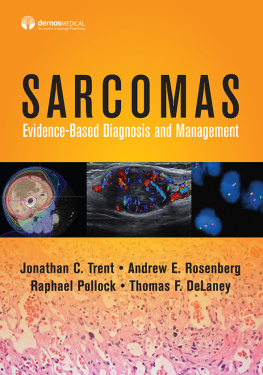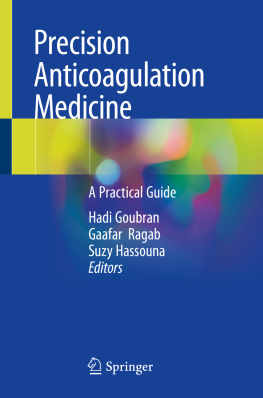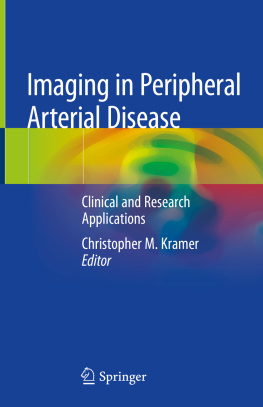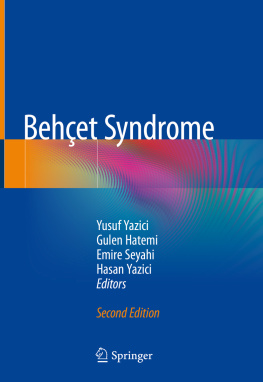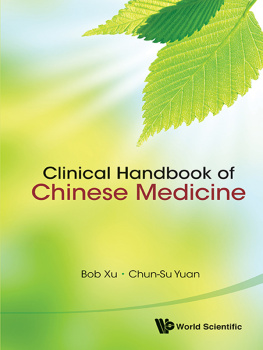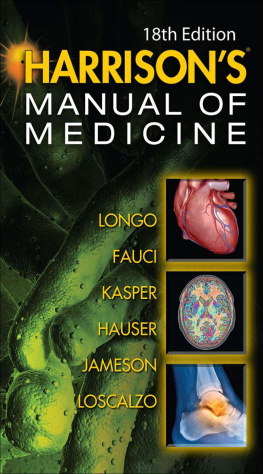M. A. Khamashta , Maria L. Bertolaccini and Oier Ateka-Barrutia Antiphospholipid Syndrome Handbook 10.1007/978-1-84628-735-0_1 Springer-Verlag London 2010
1. History
Maria Laura Bertolaccini 1, Oier Ateka-Barrutia 2 and Munther A. Khamashta 3
(1)
Lupus Research Unit, The Rayne Institute Kings College London School of Medicine St. Thomas Hospital, London, UK
(2)
Hospital de Navarra, Pamplona, Spain
(3)
Lupus Unit, Kings College London School of Medicine St Thomas Hospital, London, UK
Abstract
The antiphospholipid syndrome (APS), first described in 1983 by Dr. Graham Hughes and his team at the Hammersmith Hospital, included recurrent arterial and venous thromboses, fetal losses, and thrombocytopenia in the presence of autoantibodies, the so-called antiphospholipid antibodies (aPL). Although a wide variety of clinical manifestations have been added over the last 5 years, these major features have stood the test of time. Many patients with APS have clinical and laboratory features common to other autoimmune diseases, particularly systemic lupus erythematosus (SLE). Such patients are defined as having secondary APS to distinguish them from patients with features of APS alone (primary APS-PAPS). There appears to be very few differences, if any, between the clinical complications associated with the primary and the secondary form of the syndrome, and the rates of arterial or venous thrombosis or fetal loss do not appear to be different. Distinguishing between PAPS and APS due to SLE can sometimes be difficult since many features, such as thrombocytopenia, anemia, renal, and central nervous system involvement, can be seen in both the conditions.
The antiphospholipid syndrome (APS), first described in 1983 by Dr. Graham Hughes and his team at the Hammersmith Hospital, included recurrent arterial and venous thromboses, fetal losses, and thrombocytopenia in the presence of autoantibodies, the so-called antiphospholipid antibodies (aPL). Although a wide variety of clinical manifestations have been added over the last 5 years, these major features have stood the test of time. Many patients with APS have clinical and laboratory features common to other autoimmune diseases, particularly systemic lupus erythematosus (SLE). Such patients are defined as having secondary APS to distinguish them from patients with features of APS alone (primary APS-PAPS). There appears to be very few differences, if any, between the clinical complications associated with the primary and the secondary form of the syndrome, and the rates of arterial or venous thrombosis or fetal loss do not appear to be different. Distinguishing between PAPS and APS due to SLE can sometimes be difficult since many features, such as thrombocytopenia, anemia, renal, and central nervous system involvement, can be seen in both the conditions.
Historical description of aPL is summarized in Table .
Table 1.1.
Historical description of antiphospholipid antibodies (aPL).
1906 | Wasserman reaction (reagin) |
1941 | Reagin binds cardiolipin |
1952 | False-positive test for syphilis |
1952 | Lupus anticoagulant (LA) |
1960s | LA: association with thrombosis |
1970s | LA: association with fetal loss |
1983 | Anticardiolipin antibody (aCL) |
1980s | Detailed description of anti phospholipid syndrome (APS) |
1990 | Phospholipid binding proteins (2GPI) |
1990s | Animal models for APS |
1999 | Classification criteria for definite APS |
2006 | Classification criteria updated |
References
Harris EN, Gharavi AE, Boey ML, Patel BM, Mackworth-Young CG, Loizou S et al (1983) Anticardiolipin antibodies: detection by radioimmunoassay and association with thrombosis in systemic lupus erythematosus. Lancet 2(8361):12111214 PubMed CrossRef
Hughes GRV (1983) Thrombosis, abortion, cerebral disease, and the lupus anticoagulant. Br Med J 287(6399):10881089 CrossRef
M. A. Khamashta , Maria L. Bertolaccini and Oier Ateka-Barrutia Antiphospholipid Syndrome Handbook 10.1007/978-1-84628-735-0_2 Springer-Verlag London 2010
2. Epidemiology
Maria Laura Bertolaccini 1, Oier Ateka-Barrutia 2 and Munther A. Khamashta 3
(1)
Lupus Research Unit, The Rayne Institute Kings College London School of Medicine St. Thomas Hospital, London, UK
(2)
Hospital de Navarra, Pamplona, Spain
(3)
Lupus Unit, Kings College London School of Medicine St Thomas Hospital, London, UK
Abstract
The prevalence of antiphospholipid antibodies (aPL) in otherwise healthy populations is less than 1%. Many autoantibodies become more prevalent with increasing age and aPL is no exception. aPL has been reported in 1020% of the healthy elderly population.
In autoimmune diseases, especially SLE, however, the prevalence is much higher. The Euro-Lupus study found a prevalence of 24% for IgG anticardiolipin antibody (aCL), 13% for IgM aCL, and 15% for lupus anticoagulant (LA), respectively, in a cohort of 1,000 patients with SLE. A recent study showed that the prevalence of antiphospholipid syndrome (APS) increases from 10 to 23% after 1518 years in a large cohort of SLE patients.
The prevalence of antiphospholipid antibodies (aPL) in otherwise healthy populations is less than 1%. Many autoantibodies become more prevalent with increasing age and aPL is no exception. aPL has been reported in 1020% of the healthy elderly population.
In autoimmune diseases, especially SLE, however, the prevalence is much higher. The Euro-Lupus study found a prevalence of 24% for IgG anticardiolipin antibody (aCL), 13% for IgM aCL, and 15% for lupus anticoagulant (LA), respectively, in a cohort of 1,000 patients with SLE. A recent study showed that the prevalence of antiphospholipid syndrome (APS) increases from 10 to 23% after 1518 years in a large cohort of SLE patients.
In patients with unselected venous thromboembolism, the prevalence of aCL varies from 3 to 17% and 3 to 14% for the LA. Around 18% of young patients with stroke (<40 years old) are positive for aPL, whereas the APASS study found that 9.7% of first stroke patients had a positive aCL. In myocardial infarction, the prevalence of aCL is between 5 and 15%. Multiple cross-sectional studies have reported an association of aCL and/or LA with recurrent fetal loss (ranging from 10 to 20%).
There are numerous traps for the unwary and many other conditions can be associated with aPL but are not necessarily associated with thrombosis. Thus aPL may occur in infections such as HIV and malignancy and may also follow exposure to certain drugs. aPL in these circumstances are not necessarily pathogenic, and these conditions should therefore be considered in any differential diagnosis of APS. The significance of these autoantibodies remains unclear and could be related to the increasing prevalence of associated conditions in the elderly such as malignancy and drug treatment.
References
Cervera R, Khamashta MA, Font J, Sebastiani GD, Gil A, Lavilla P et al (2003) Morbidity and mortality in systemic lupus erythematosus during a 10-year period: a comparison of early and late manifestations in a cohort of 1, 000 patients. Medicine (Baltimore) 82(5):299308 CrossRef

